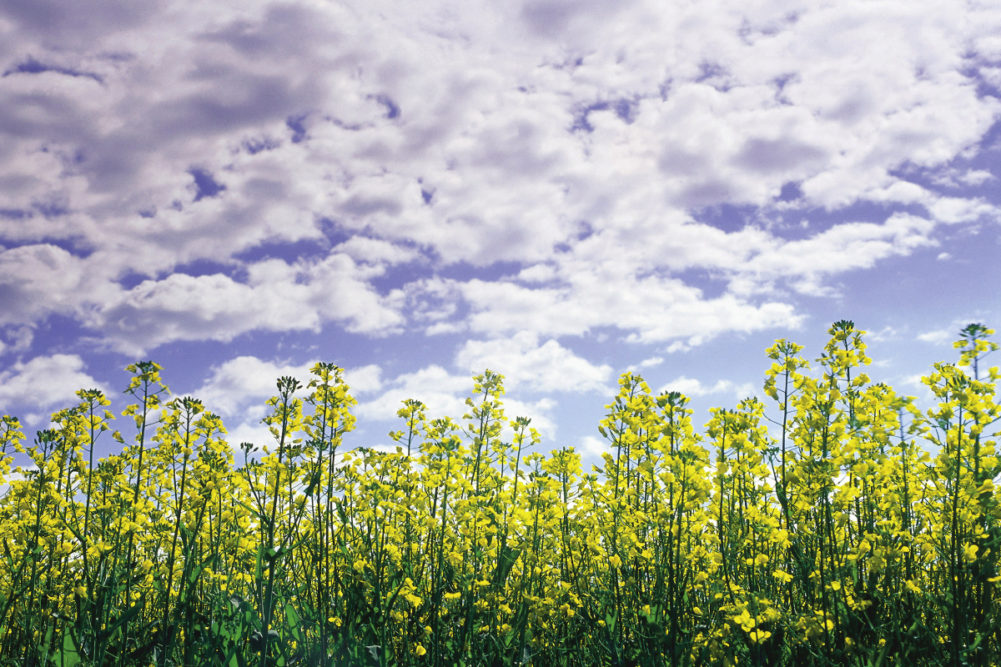OTTAWA, CANADA — Canada’s total oilseeds production in marketing year 2022-23 is forecast to increase by 35% compared to the previous year’s drought-stricken harvest, according to a Global Agricultural Information Network report from the Foreign Agricultural Service of the US Department of Agriculture (USDA).
The projected increase to 25.7 million tonnes, which includes canola, soybeans and sunflower seeds, is based primarily on improved canola yields, the USDA said. Severe drought in the Prairies reduced 2021-22 canola yields from 2.34 tonnes per hectare in 2020-21 to only 1.40 tonnes per hectare this year.
Global demand for oilseeds is strong, due to tight global exportable supplies, but Canadian exports will be constrained by relatively low domestic supplies, the USDA said.
Canola oil beginning stocks are forecast to be 70% below the five-year average. Total meal production (soymeal and canola meal) is forecast to increase more than 10% on increased domestic supplies of canola seed, while protein consumption in soymeal equivalent is forecast to fall slightly, in part due to a slight reduction of livestock inventories.
Canada’s canola seed stocks-to-use ratio is forecast to fall to the lowest in more than 20 years by the end of MY 2021-22 on reduced supplies and strong domestic and international demand, the report said.
“Looking beyond MY 2022-23, national canola crush capacity is projected to increase from the current 11.3 million tonnes to 17 million tonnes in 2025,” the USDA said. “This is more canola than Canada harvested in the drought year of MY 2021-22. Investment in crush capacity is largely being driven by the biodiesel and renewable diesel industries.”
Canada is actively exploring export markets for the increased domestic supply of canola meal, which is crucial to supporting crush margins, the USDA said, adding that the “forecasts in this report do not fully reflect trade disruptions at Black Sea ports, and various export bans on crops and fertilizers imposed by Russia, China, and other countries. This forecast depends on world production of alternate oilseeds crops and assumes minimal shift in seeded area for most oilseed crops but lower global sunflower production because of extremely limited planting predicted to occur in Ukraine this year.”






